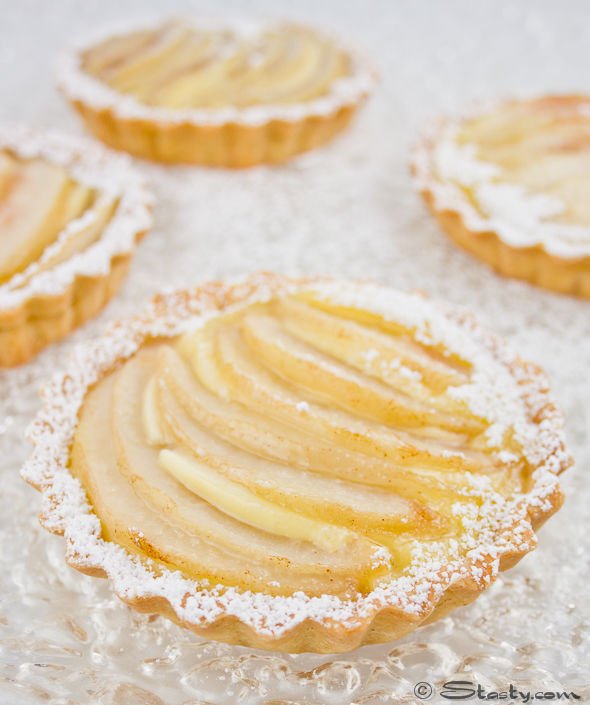
There’s something about Mary Berry. She’s the kind of cook that stands the test of time and produces recipes that can always be relied on. My mother’s favourite cookbook at home was the old Hamlyn cookbook and Mary Berry was one of the books contributing authors. Mary’s recipes were the ones we always used, her tarts, cakes and pies were always the crispest, the lightest and the tastiest. On the inside cover of the old Hamlyn cookbook there is a black and white photo of Mary as a young cook, she was quite a stunner in her day and still looks great. Mary’s career continues to thrive and her talent and charisma have wowed a whole new generation of bakers on the Great British Bake off. Mary Berry is somewhat of a baking icon and the kind of person you’d love to share a cup of tea and a slice of cake with.
[adrotate banner=”5″]
The minute I saw Mary’s Tarte Au Citron on The Great British Bake off, I wanted to make it. Mary’s step by step instructions are so easy to follow and a joy to read. This tart takes a bit of time to make, but its buttery crisp base and the zesty lemon filling makes it worth the effort. Try it, you won’t be disappointed.This recipe is taken from the BBC Food website.

Here’s how:
Pastry
– 175g plain flour
– 100g cold butter cut into small pieces
– 25g icing sugar
– 1 free-range egg yolk
– 1 tbsp cold water
Filling
– 5 free-range eggs
– 125ml double cream
– 225g caster sugar
– 4 lemons zested
– 150ml of lemon juice
– Icing sugar, for dusting
You will also need a 23cm loose-bottomed, fluted tart tin.
For the pastry, place the flour, butter and icing sugar into a food processor. Pulse until the mixture resembles breadcrumbs. Next, add the egg yolk and water. Pulse again until the mixture comes together into one big clump. Knead the pastry for just two or three times to make it smooth. At this point I wrapped the pastry in some Clingfilm and chilled for 15 minutes, as I find it easier to work with pastry that has rested.
Meanwhile you can prepare the tin. Mary gives some great instructions on how to line the tin in the book. Lay a piece of parchment paper on the work surface. Remove the base from the tart tin and lay it on the paper. Using a pencil, draw a circle onto the paper 4cm bigger than the tin base. Dust the base of the tin with flour.
Take the pastry out of the fridge and remove the Clingfilm wrapping. Place the pastry ball in the centre of the tin base and flatten it out slightly. Roll out the pastry, still on the base, until it meets the circle mark. As you are rolling out, turn the pastry by turning the paper. Gently fold the pastry surrounding the tin base in towards the centre. Carefully lift the tin base off the work surface, drop it into the tin, then ease the pastry into the corners and up the sides of the tin, pressing the overhang lightly over the rim. If the pastry has cracked at all, simply press it together to seal. Press the pastry into the flutes of the tin then lightly prick the base with a fork, but not quite all the way through. Place the pastry-lined tin in the fridge for 30 minutes.
Preheat the oven to 200C. Once cooled, line the pastry case with a rough circle of parchment paper and fill with baking beads. Bake blind for 12-15 minutes, until the pastry is set, then lift out the paper and beans. Mine only took 11 minutes, so do keep a close eye on it when it’s baking blind.
Carefully trim the excess pastry from the sides using a sharp knife, holding the knife at an angle and slicing away from you. Remove the excess pastry from the sheet. Return the empty pastry case to the oven for another 10-12 minutes. It should be pale golden and completely dry. Leave aside to cool as you make the filling. Reduce the oven temperature to 170C.
To make the filling, break the eggs into a large bowl and whisk together with a wire whisk. Next, add in the rest of the filling ingredients and whisk again until all well combined. Pour the filling mixture into a jug, then pour nearly all of the filling into the cooled baked pastry case. To prevent it spilling top up with the rest of the filling to completely fill it only once it’s safely on the oven shelf. Bake for about 30-35 minutes or until just set but with a slight wobble in the centre.
Leave to cool slightly for a bit. Once the the pastry comes away from the sides of the tin, remove the tart from the tin. The easiest way to do this is to place the base of the tin on an upturned bowl and let the outer ring fall to the work surface. Place the tart on a serving plate and serve warm or cold. To create a nice finish, dust the top of the tart with sifted icing sugar. I served mine with some home-made raspberry coulis.


